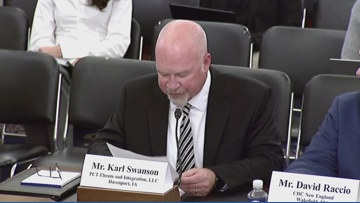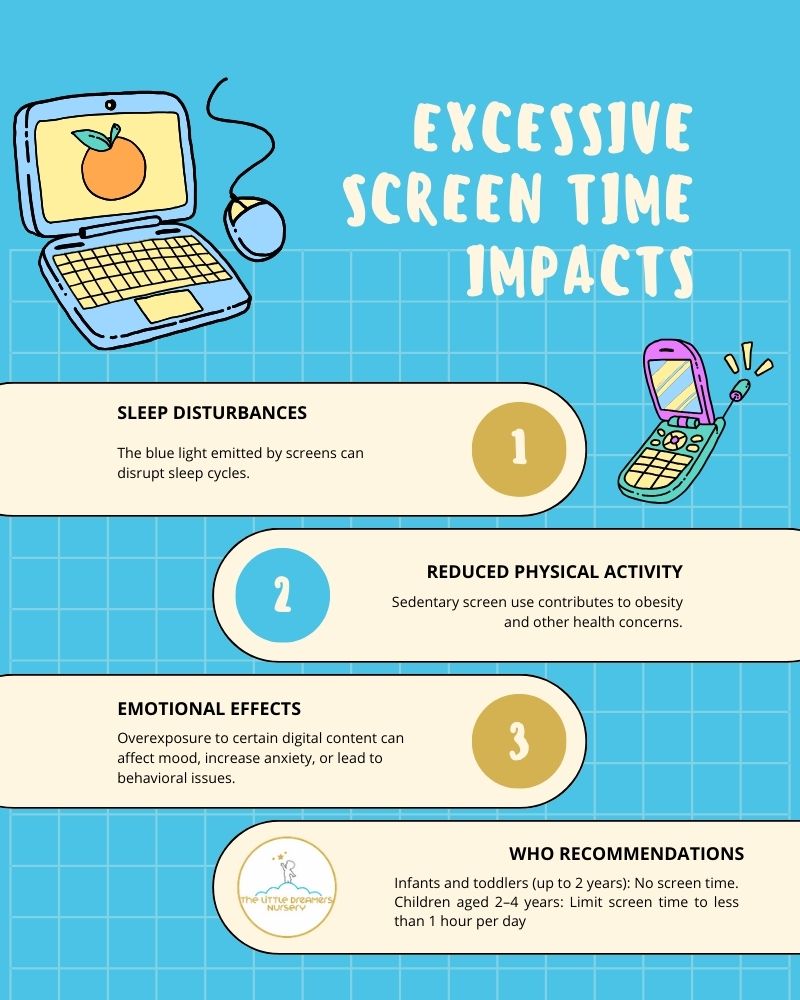Educational Initiative at Southwestern Oregon Community College Aligns with Sustainable Development Goals
Introduction: Fostering Lifelong Learning Opportunities
Southwestern Oregon Community College has announced an initiative to provide free GED® and Adult Basic Education classes commencing in the fall term of 2025. This program directly supports the United Nations Sustainable Development Goals (SDGs), particularly SDG 4 (Quality Education), by offering inclusive and equitable educational opportunities to the community.
Program Objectives and SDG Alignment
The primary objectives of this initiative are designed to create clear pathways for personal and professional advancement, reflecting a strong commitment to several key SDGs.
- Educational Attainment (SDG 4): The core function of the classes is to prepare individuals for the GED® exam, providing a crucial second chance at education and promoting lifelong learning opportunities for all.
- Skills for Employment (SDG 8): The curriculum is structured to update and enhance foundational skills, enabling students to enroll in higher education or vocational training programs. This directly contributes to SDG 8 (Decent Work and Economic Growth) by equipping individuals with the necessary competencies for the modern workforce.
- Reducing Inequalities (SDG 10): By offering these classes free of charge, the college removes financial barriers, ensuring wider access to education and thereby contributing to SDG 10 (Reduced Inequalities).
Impact on Sustainable Community Development
The program is projected to have a significant positive impact on the local community by building a sustainable pipeline for economic and social development.
- Enhancing Human Capital: By improving educational outcomes, the initiative strengthens the local workforce, making the community more resilient and economically robust in line with the principles of SDG 8.
- Creating Pathways to Prosperity: Graduates of the program will be better positioned to secure employment in high-demand career fields, which supports poverty reduction efforts under SDG 1 (No Poverty).
- Promoting Inclusive Growth: The initiative ensures that adult learners are not left behind, fostering an inclusive society where all members have the opportunity to achieve their full potential, a central tenet of SDG 4 and SDG 10.
Analysis of Sustainable Development Goals in the Article
Which SDGs are addressed or connected to the issues highlighted in the article?
- SDG 4: Quality Education: This is the primary goal addressed. The article focuses on the provision of “free GED® and Adult Basic Education classes” to help individuals complete secondary-level education and gain foundational skills.
- SDG 8: Decent Work and Economic Growth: The article directly links the educational programs to employment outcomes. It states the classes help individuals “update skills to enroll in college or career training programs” and build a “pipeline to enter… jobs in high-demand career areas.”
- SDG 1: No Poverty: By providing a pathway to better employment through free education and skill development, the program addresses poverty reduction. Gaining skills for “high-demand career areas” can lead to higher and more stable incomes.
- SDG 10: Reduced Inequalities: The program promotes the reduction of inequalities by offering these educational opportunities for “free.” This removes financial barriers, ensuring that individuals from lower economic backgrounds have access to education and the opportunity to improve their economic standing.
What specific targets under those SDGs can be identified based on the article’s content?
-
Target 4.3: Ensure equal access for all women and men to affordable and quality technical, vocational and tertiary education, including university.
- The article highlights that the classes are designed to help individuals “enroll in college or career training programs.” By offering these preparatory classes for free, the college is making subsequent vocational and tertiary education more accessible.
-
Target 4.4: Substantially increase the number of youth and adults who have relevant skills, including technical and vocational skills, for employment, decent jobs and entrepreneurship.
- The program’s stated purpose is to help students “update skills” and enter “jobs in high-demand career areas,” which directly aligns with increasing the number of adults with employment-relevant skills.
-
Target 4.6: Ensure that all youth and a substantial proportion of adults, both men and women, achieve literacy and numeracy.
- The provision of “Adult Basic Education” and classes to prepare for the “GED® exam” directly contributes to improving adult literacy and numeracy, which are foundational skills.
-
Target 8.6: Substantially reduce the proportion of youth not in employment, education or training (NEET).
- The initiative aims to move adults into education (“college or career training programs”) or employment (“jobs in high-demand career areas”), thereby directly addressing the reduction of the number of people not in employment, education, or training.
Are there any indicators mentioned or implied in the article that can be used to measure progress towards the identified targets?
The article does not mention official SDG indicators, but it implies several metrics that could be used to measure the program’s success and progress toward the targets:
-
Enrollment and Completion Rates
- Implied Indicator: The number of students enrolled in the free GED® and Adult Basic Education classes.
- Relevance: This measures the reach and accessibility of the program (Targets 4.3, 4.6).
-
Educational Attainment Rates
- Implied Indicator: The number or percentage of students who successfully pass the GED® exam after taking the preparatory classes.
- Relevance: This is a direct measure of educational outcomes and progress toward adult literacy and numeracy (Target 4.6).
-
Transition to Further Education and Employment
- Implied Indicator: The number or percentage of program participants who “enroll in college or career training programs.”
- Implied Indicator: The number or percentage of participants who secure “jobs in high-demand career areas.”
- Relevance: These indicators measure the program’s effectiveness in building a pipeline to further education and employment, directly relating to skills for employment and reducing the NEET population (Targets 4.4, 8.6).
Summary Table: SDGs, Targets, and Indicators
| SDGs | Targets | Indicators (Implied from Article) |
|---|---|---|
| SDG 4: Quality Education |
4.3: Ensure equal access to affordable and quality technical, vocational and tertiary education.
4.4: Increase the number of adults with relevant skills for employment. 4.6: Ensure that a substantial proportion of adults achieve literacy and numeracy. |
– Number of students enrolled in free classes. – Percentage of students who pass the GED® exam. – Number of graduates who enroll in college or career training programs. |
| SDG 8: Decent Work and Economic Growth | 8.6: Substantially reduce the proportion of youth not in employment, education or training (NEET). |
– Number of program participants who secure jobs in high-demand career areas. – Reduction in the local rate of adults not in education or employment. |
| SDG 1: No Poverty | 1.2: Reduce at least by half the proportion of people living in poverty. | – (Long-term) Increase in income levels for program graduates who secure high-demand jobs. |
| SDG 10: Reduced Inequalities | 10.2: Empower and promote the social and economic inclusion of all. | – Number of individuals from low-income backgrounds enrolling in and completing the free program. |
Source: theworldlink.com







